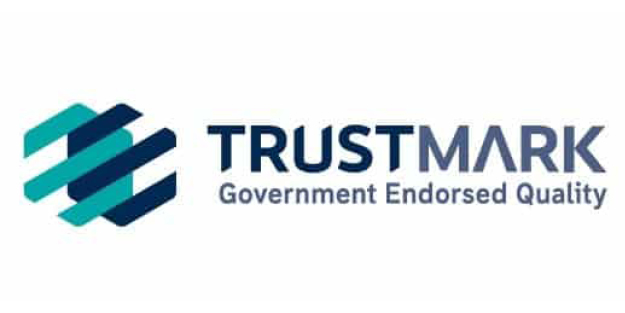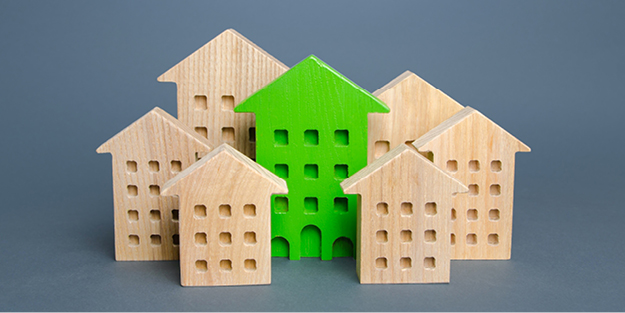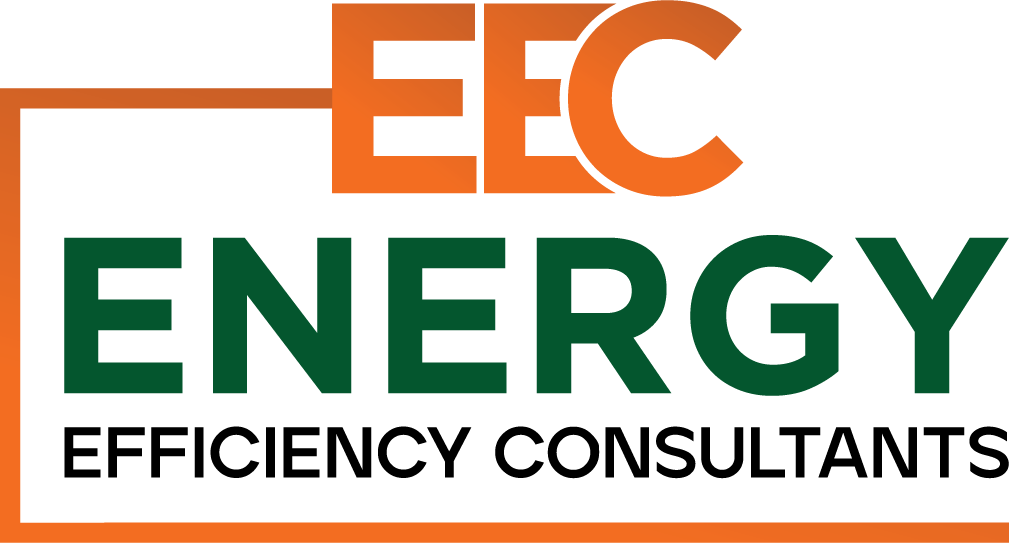Retrofit
What is Energy Retrofitting?
Retrofit represents an opportunity to upgrade the energy performance of existing residential and commercial properties. Retrofit projects modify existing properties with the aim of improving energy efficiency or decreasing energy demand.
Retrofits can reduce bills, particularly in older buildings as well as helping to attract new tenants. At EEC, we have teams of experienced retrofit specialists to ensure we offer a full retrofit service.

Retrofit Assessors and Assessment
The PAS 2035 Retrofit Assessment is carried out before any retrofit installation and should always be carried out by a fully qualified Retrofit Assessor. Project scope depends on the necessary improvement measures, risk level, and the type of building.
The Retrofit Assessment is three key reports that provide an overview of the whole property, its current usage, and potential. First, the Assessor will use simulation models to project the property’s energy usage; this generates the energy report (not to be confused with an EPC). The retrofit assessment is a more detailed process than the EPC. It is mainly for older properties that need more complex measures designed and installed to bring them to a better energy performance standard.
The Assessor will also carry out a condition survey (this is not a complete structural survey) that looks for defects that could impact future energy efficiency improvements. Any defects found should be resolved before any further installations.
The final part of the Retrofit assessment is the Occupancy Assessment. The Assessor will look at energy bills for previous years and patterns of water consumption and heating.
Once the assessment is completed, you will be presented with a comprehensive report made up of the three key assessment areas (energy report, condition survey, and occupancy assessment) along with the information you need to make informed decisions regarding potential next steps to making your home or property more energy efficient.
The Retrofit Report gives your Retrofit Coordinator, as the project manager, a complete and clear picture of the next steps of the retrofit process.
Retrofit Coordinators
To ensure compliance with PAS 2035, every domestic retrofit project has to be managed by a retrofit coordinator. They are responsible for overseeing the assessment, monitoring, and evaluation of energy efficiency measures within domestic properties in accordance with PAS 2035.
Our retrofit Coordinators will manage retrofit projects from inception to implementation, liaising with Homeowners or Tenants, Retrofit Assessors, Retrofit Designers and Retrofit Installers to ensure effective completion of the installation of the Energy Efficiency Measures.
As part of PAS 2035 our Retrofit Coordinators will:
- Risk assess each property or property type within the project scope.
- Develop a retrofit project plan and a mid-term improvement plan for each property to be implemented over a 30-year period.
- Document project progress and compile information provided by building owners and the retrofit specialists involved in the project.
Retrofit Designers
The Retrofit designer works to improve the performance of proposed energy efficiency measures (EEMs) by considering individual project specs and analysing projected impact. Designers will use 3D modelling and scans to design solutions working alongside the Retrofit Coordinator. Retrofit designers are particularly useful for retrofit projects involving older properties.

Useful Resources

Building regulation in England
Standards for the energy performance of new and existing buildings.

TrustMark and PAS 2035
The over-arching document in the retrofit standards framework.

Retrofit Weekly
The latest news on domestic retrofit and energy efficiency.

ECO4 Scoring Methodology
The scoring methodology for the next Energy Company Obligation.

Fully Charged Home Series
Energy efficiency and affordable ways to decarbonise your home.
